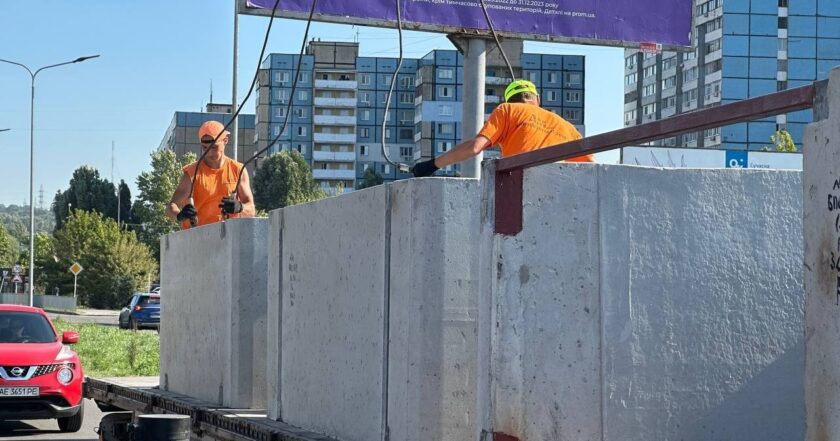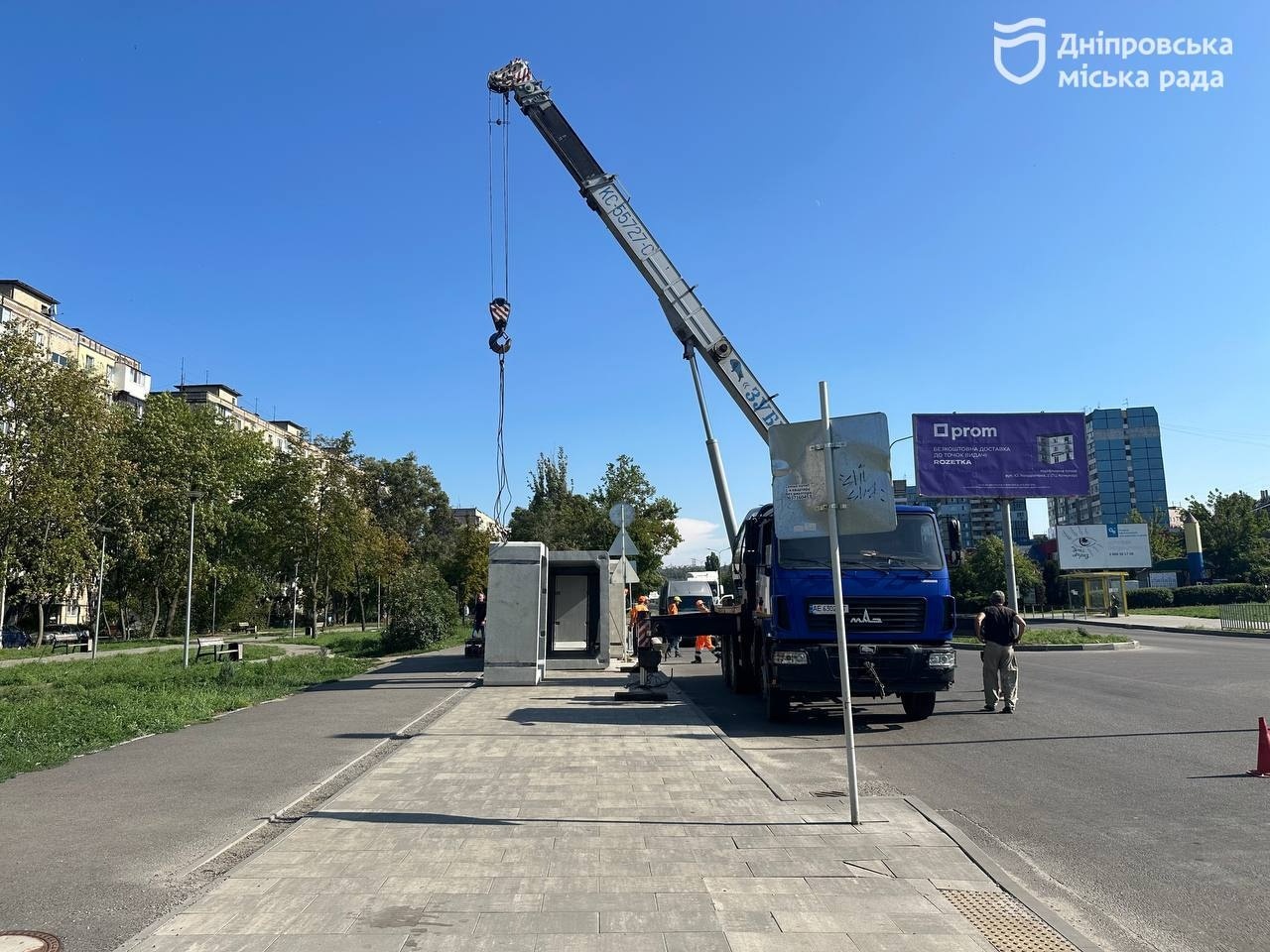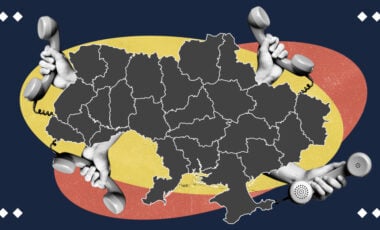Dnipro bolsters city safety with new high-security air raid shelters

Photo: Dnipro City Council
Ukraine's central city of Dnipro is placing reinforced concrete shelters at public transport stops and other places with large crowds.
The Dnipro City Council reports that air raid shelters have the highest security certificate, class A-2.
What is the problem?
The Russian forces are attacking Ukrainian cities every day. Most of it goes to cities and villages that are very close to the border with the Russian Federation, as well as to territories temporarily occupied by Russia.
Dnipro has been a target of Russian strikes since the start of the invasion in February 2022. The most recent attacks include the August 15 rocket strike on an enterprise and a sports facility that injured civilians. "It was an important sports facility for Dnipro that held national competitions. Children also practiced here. Today, in addition to the industrial enterprise, Russian rockets mutilated the sports center as well," Serhii Lysak wrote.
Also, on July 28, a Russian missile hit a residential building in Dnipro during an air raid, injuring residents. On August 24, the Russian forces also hit Dnipro with rockets. Seven people were injured, and houses and other buildings, buses, cars, water, and gas pipelines were damaged.
What is the solution?
Dnipro is boosting city safety by installing reinforced concrete air raid shelters in public spaces. Last year, 36 shelters of various types were installed in Dnipro, and 22 more have been set up from the beginning of 2023. All of them are made to order and are safe for use.

Photo: Dnipro City Council
How does it work?
"With the assistance of the Ministry of Defense, we began manufacturing shelters for the military in 2015. Based on those, our team developed an air raid shelter for Dnipro," said Oleh Yanitskyi, a representative of the plant.
According to Yanitskyi, a state enterprise with a license and an accreditation certificate in the spring of this year conducted certification tests of this structure. Testing showed that new modular reinforced concrete structures belong to protective structures of civil defense.
"The shelter class is A-2, for which we received a certificate of conformity. This is the highest safety class for structures that can be mounted on the surface without digging into the ground," the representative added.
Production begins with manufacturing a reinforcing frame. Then, it is placed in a special form and poured with high-quality concrete.

Photo: Dnipro City Council
Shelters consist of modules that are transported to the place of installation and welded together there. They can be used to create covers of various sizes — with a 5 to 150 people capacity. The shelter can withstand pressure up to 40 tons per square meter. They are safe for both military and civilians.
Utility workers install one such shelter within one or two weeks, depending on its classification. The places for installation are chosen together with the Main Architectural Department in such a way as to cover both park areas and public transport stops.
"The shelters were chosen in a way that they were safe and organically blended into the city's architecture, were not bright, and looked minimalistic," the city council said in a statement. "After the installation, each shelter is cleaned daily by the Dnipro utility workers. They also service the bio-toilet every other day and wash it twice weekly. Also, if necessary, all surfaces inside the premises are treated to eliminate unpleasant odors."
Rubryka reported that Kyiv City updated its map of shelters. Also, read how a refuge for 200 people with a kitchen and beds was opened in Kyiv after renovation.
Earlier, Rubryka reported that in the village of Horenka, Kyiv region, 82-year-old resident Petro Virko equipped a concrete bomb shelter in his house, where he and his neighbors hid from shelling in the first month of Russian aggression.





















































